The Federal Reserve released updated economic forecasts on June 18, signaling higher inflation and slower growth in the months ahead as it continues to navigate a complex economic environment shaped by trade, immigration, and fiscal policy changes, USA Today reports.
According to the Fed’s revised projections, annual inflation is now expected to reach 3% in 2024 — up from its March estimate of 2.7%. In contrast, expectations for real gross domestic product (GDP) growth have been lowered to 1.4%, down from 1.7%. Unemployment is also projected to edge higher, reaching 4.5% by the end of the year, compared to the previous forecast of 4.4% and the current 4.2% rate.
Despite these headwinds, the Fed held its benchmark short-term interest rate steady at a range of 4.25% to 4.5% and reiterated plans for two potential rate cuts later in the year. Projections for 2026, however, now include only one rate cut, down from two.
During a press conference following the policy meeting, Fed Chair Jerome Powell said the central bank would remain cautious in its next steps.
“We are well-positioned to respond in a timely way to potential economic developments,” Powell said, noting the importance of incoming data in shaping future policy.
Powell acknowledged that higher consumer prices could affect households in the months ahead, particularly over the summer. He cited recently imposed tariffs by President Donald Trump as a factor likely to influence price levels.
“The cost of the tariff has to be paid, and some of it will fall on the end consumer,” Powell said.
Although inflationary effects from the tariffs have so far been moderate, Powell warned that price increases could take time to fully emerge, given that many goods were imported before the new rates took effect.
“We’re beginning to see some effects. We expect to see more,” he added.
The Fed’s approach remains data-driven, with Powell emphasizing the importance of maintaining stable inflation expectations.
“One of our jobs is to make sure that a one-time increase in inflation doesn’t turn into an inflation problem,” he said.
Economists remain divided over the timing and scale of potential rate cuts. Some, like SMBC Nikko’s Troy Ludtka, anticipate a more aggressive pace of easing, while others — including JPMorgan Chase’s Michael Feroli and Oxford Economics’ Ryan Sweet — foresee only one cut in December. A more cautious view comes from Capital Economics’ Paul Ashworth, who expects the Fed to wait until 2025 before lowering rates further.
Trump’s recent trade measures and their economic implications have added a layer of uncertainty for the central bank. While some political leaders have called for immediate rate reductions, Powell stressed the importance of patience. Acting too soon, he warned, could reignite inflation, while delaying too long risks weakening the labor market.
June marked the Fed’s fourth consecutive meeting without a rate cut following a series of reductions late last year. With mixed signals from the economy and ongoing geopolitical tensions, the Fed is balancing the need to control inflation with its mandate to support employment and economic stability.


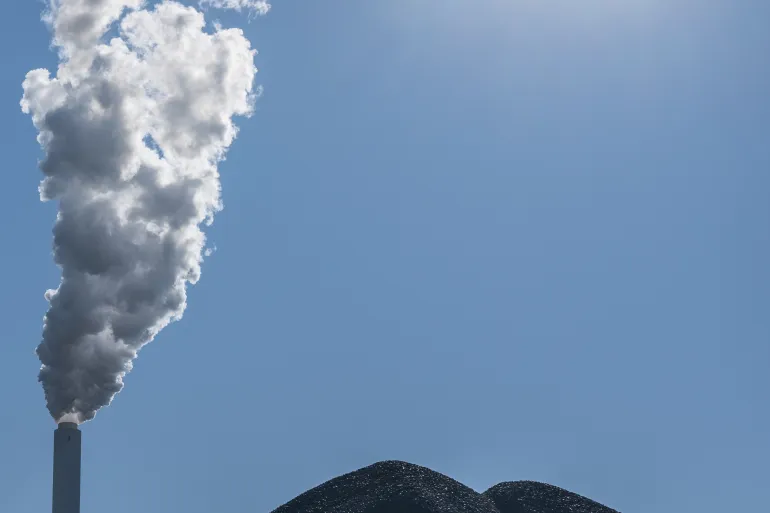
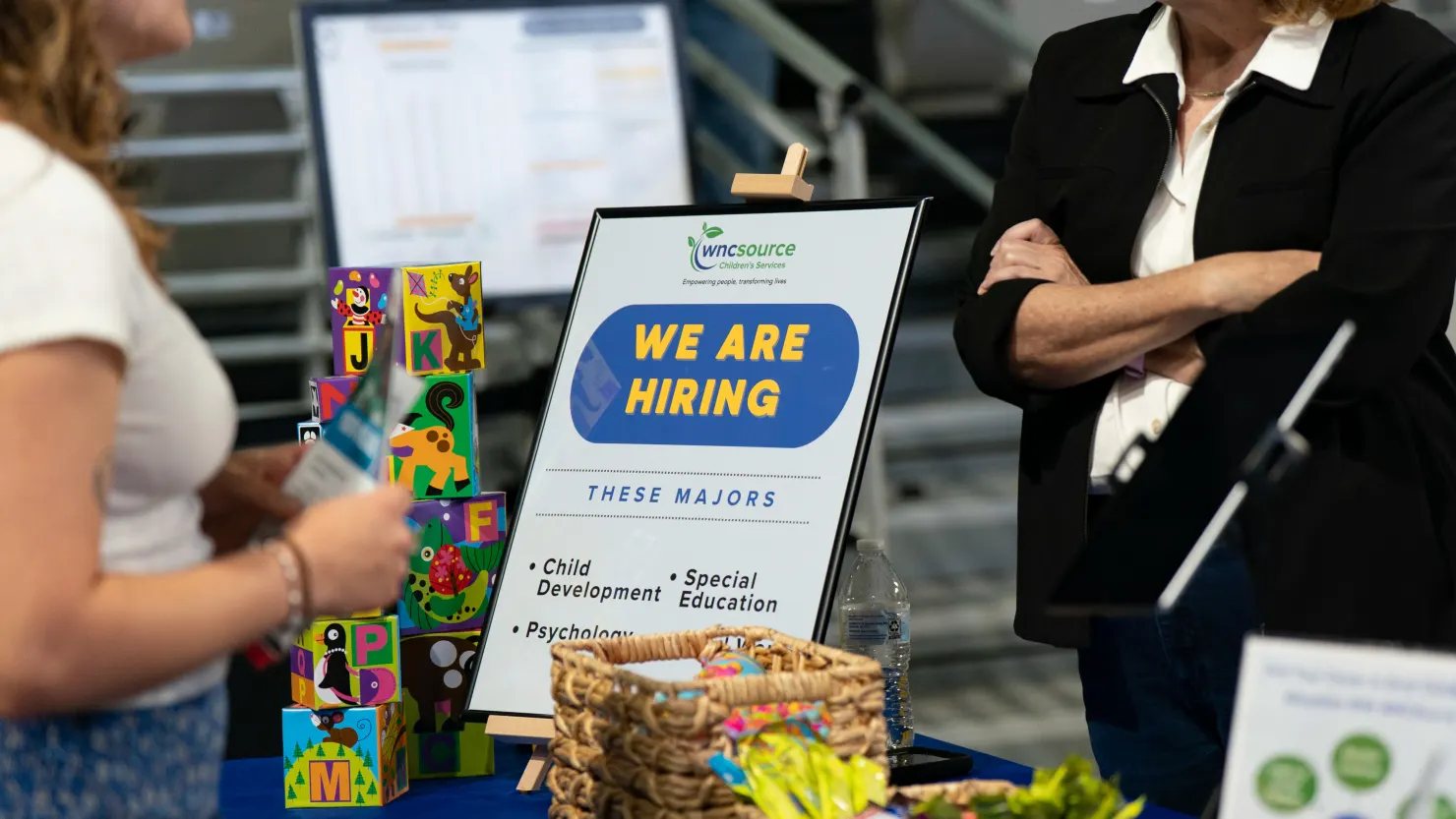

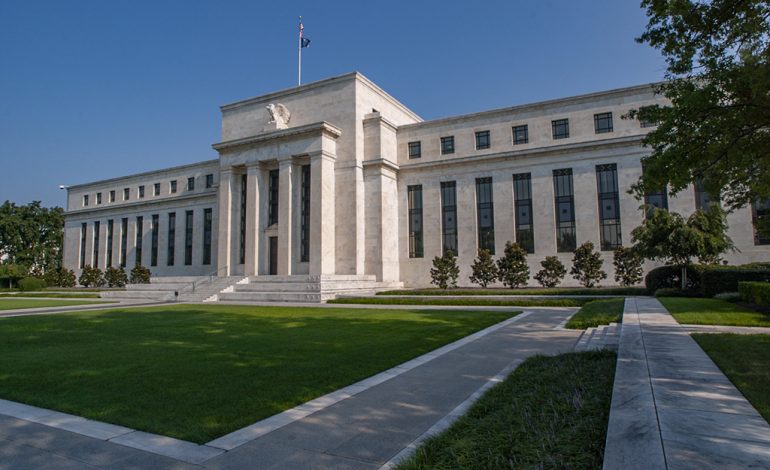


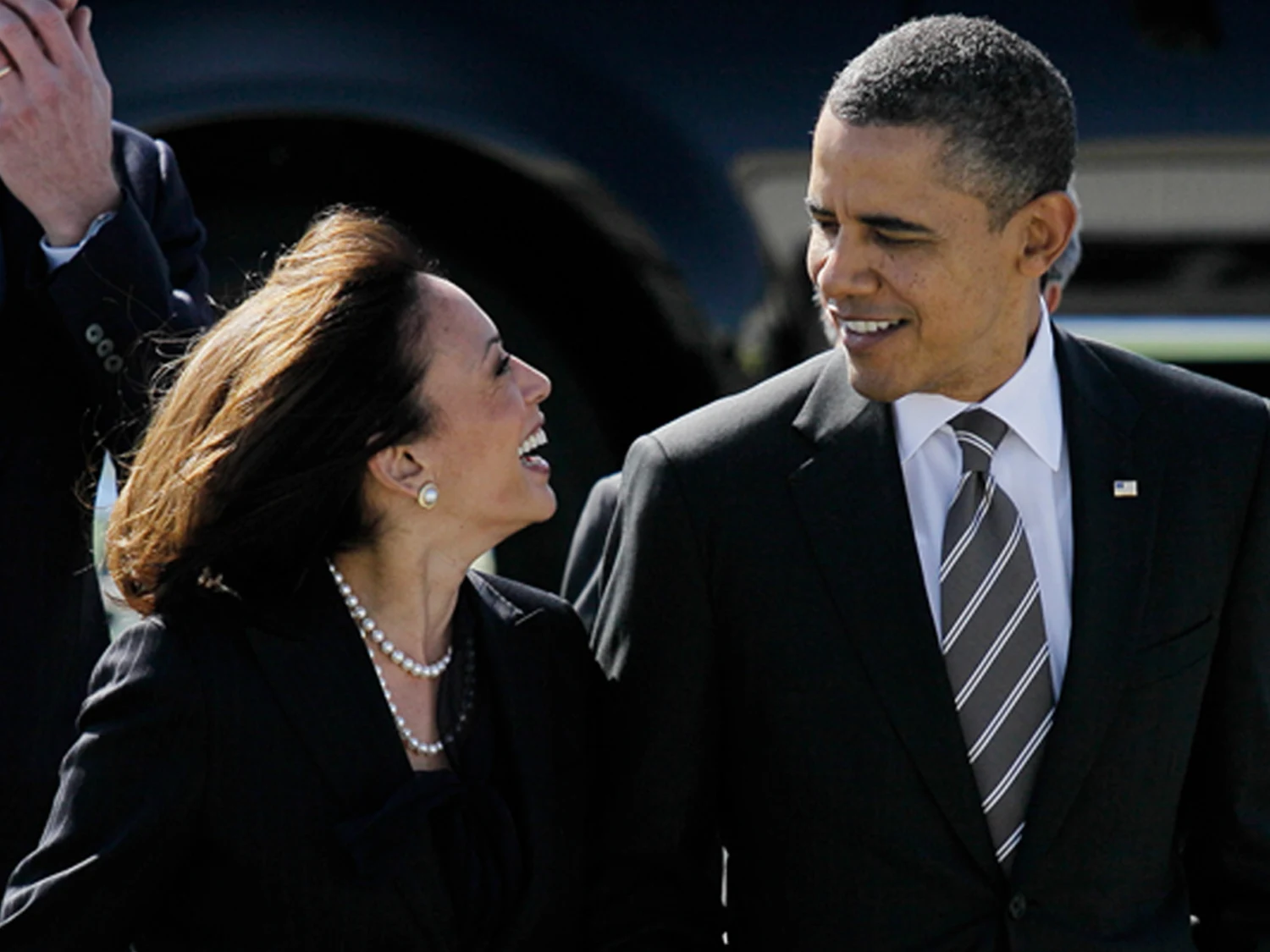
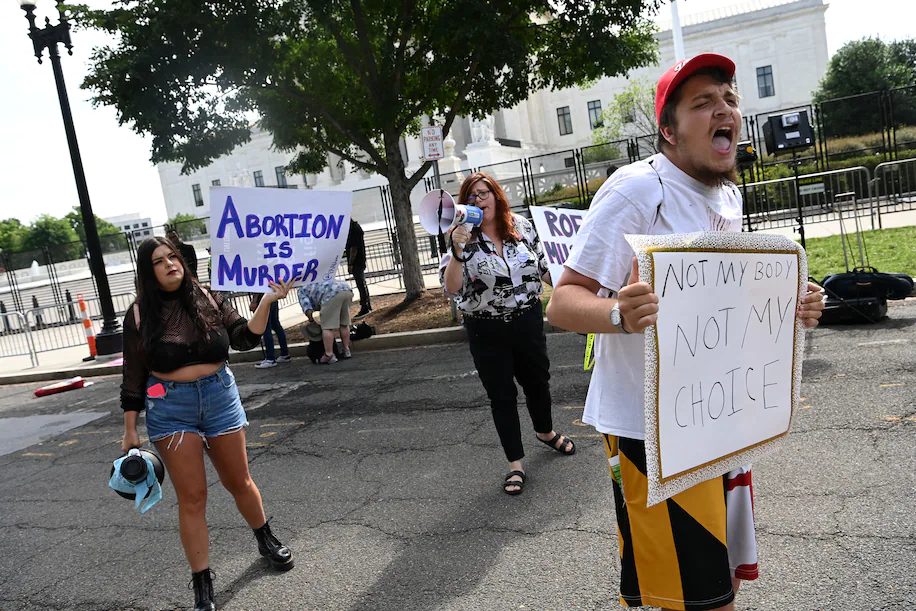
The latest news in your social feeds
Subscribe to our social media platforms to stay tuned